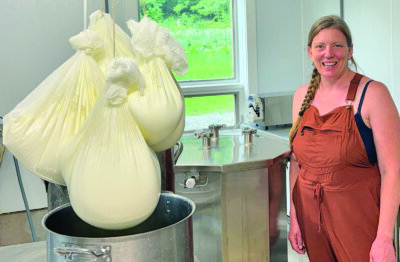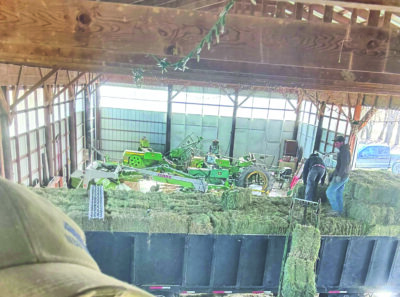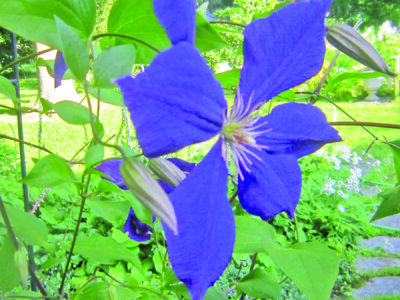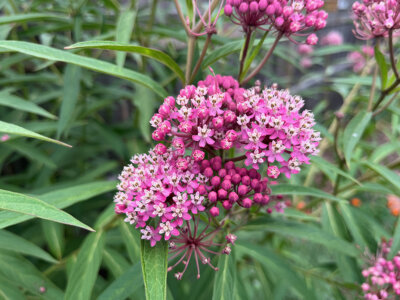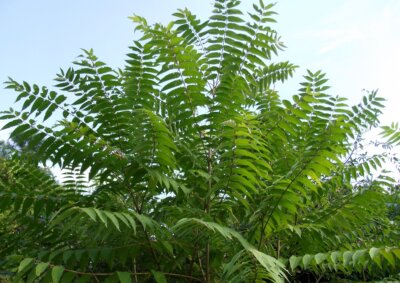A celebration of the earth providing us with wild sustenance
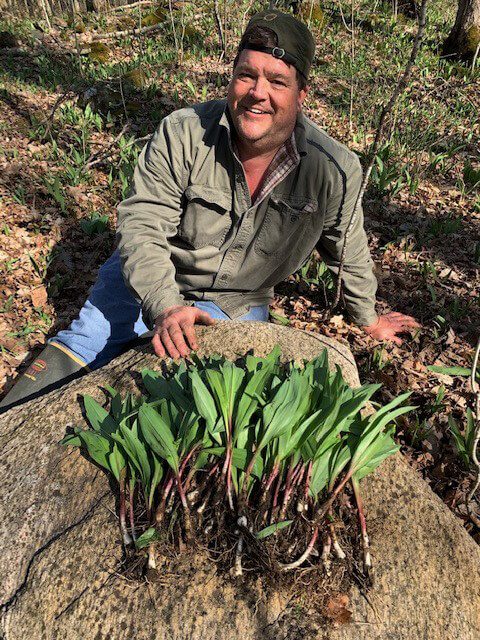
Oh, to wander the woods after a spring rain! What wonderful awakenings await? The sight of forsythias blooming in the sunlight penetrating the forest floor with unbounded exuberance. The tiny buds on the trees tell us of new life after what has been perhaps the darkest winter in decades. As we sat huddled by our woodstoves, isolated from society and wondering if this terrible pandemic would ever end, each in our own way, prayed for the birth of spring to wash away our fears and anguish.
I believe that this spring carries with it a hope unlike any previous spring in our lifetimes. It sings of daffodils and tulips lighting up our gardens. The symphony of peepers at night and early morning birdsong brightening the dawn. A walk in the woods brings us fresh perspective.
The pungent aroma of ramps surrounds the west-facing slopes of the foothills. Wild onions. Wild leeks. Or, if you have embraced the local colloquialism, ramps. A celebration of the earth providing us, once again, with wild sustenance. The ramp is a fragrant wild onion that the Abenaki called “Winooski” meaning “land of the onion.” This magnificent edible is to be harvested with intention and respect. First, you will smell it as you wander through the woods. Then you may curiously dig up the roots of the broad green leaves in clusters.
But before you do, consider this: the ramp takes a full seven years to reach maturity. That means that if you take even 1/10 of the total population, you will lose the entire patch within 10 years. The juveniles will not be able to keep up with your harvest. So, again, harvest with intention and respect. That said, if you have a half acre of ramps, you will probably never run out of mature plants—if you don’t tell everyone about the location.
My ebullient little tribe of academic misfits knows the rules and we enjoy harvesting and eating these culinary treats. If you have never roasted a ramp with a little olive oil and coarse sea salt, you are in for a most delectable experience. When caramelized, the sugars in the roots are one of the sweetest flavors your palate will ever know. But let us not forget about the leaves! Put in a Cuisinart with half a tablespoon of olive oil, some roasted pine nuts (or walnuts) and some finely shaved Reggiano parmesan, these greens will make one of the most exquisite pestos you will ever enjoy. Put on pizza, bruschetta or even on fish, the fragrant spread will add zest and aroma to any dish.
After harvesting and processing our ramps, hunters will want to take the next step to adding some wild protein to their meal. My suggestion? Wild turkey! There is a youth turkey hunting weekend for those 15 years or younger this coming weekend, April 24 and 25, provided those youngsters have passed a Hunter Education course certified by the Vermont Fish and Wildlife Department and have a regular hunting license, a turkey license and a Youth Turkey Tag. Youths must be accompanied by an adult who has also successfully passed a Hunter Education Course and possesses a license. Also, any novice who had purchased his/her first license in the last 12 months and has that hunting license, a turkey license and a Novice Turkey Tag, may hunt this weekend from half an hour before sunrise to 5 p.m. These hours are only for youth and novices. Regular turkey season for all licensed hunters begins Saturday, May 1, and runs through May 3, each day from half an hour before sunrise until 12 noon and allows for two bearded birds to be taken.
If you have never sat at the base of a tree and had a conversation with a gobbler who was fired up to seek you out, it is one of the greatest adrenalin rushes I have known. The gobbler, or “Tom,” will listen to your gentle clucks, putts and mellifluous purrs and retort with such violent abandon that it frightens one to think of what it might be like to be attacked by one. But the purpose of the dialogue is to seduce the male into believing that he has found the love of his life and he is driven to such extremes as to leave his own flock of attendant hens and seek out this demonstrative siren. The hardest part is yet to come.
As he screams his virulent love for you, he is looking for you with the keenest eyesight of all game species. It has been said that a turkey can see a mosquito moving from 100 yards away. I am not sure if that is true or not, but when I have a mosquito feeding on my forearm and a big Tom in range, I will gently pump my fist to feed the nasty insect, just to pump him up so he will leave me without me having to swat at him. A wily Tom will stare you down, and if you are not totally camouflaged and perfectly still, he will turn tail and walk away. But when they come in, screaming and strutting with their full fans on display, dragging their wings and making “spitting sounds,” you had better be ready, because there is no time to raise your gun now. That should have been done 30 minutes ago when he first answered. Now the time of truth has arrived. The shotgun bead is placed on the target and we wait for the ideal moment. He raises his head. Bright red and blue with white carbuncles and a dewlap hanging over his beak. He looks right at me, and I at him. I take a deep breath through my nose and pray for a clean shot. Long live the King. Tonight, we shall dine on fresh turkey with caramelized ramps.
Bradley Carleton is Executive Director of Sacred Hunter, a non-profit that seeks to educate the public on the spiritual connection of man to nature.
Related Stories
Popular Stories
If you enjoy The Charlotte News, please consider making a donation. Your gift will help us produce more stories like this. The majority of our budget comes from charitable contributions. Your gift helps sustain The Charlotte News, keeping it a free service for everyone in town. Thank you.
Andrew Zehner, Board Chair




